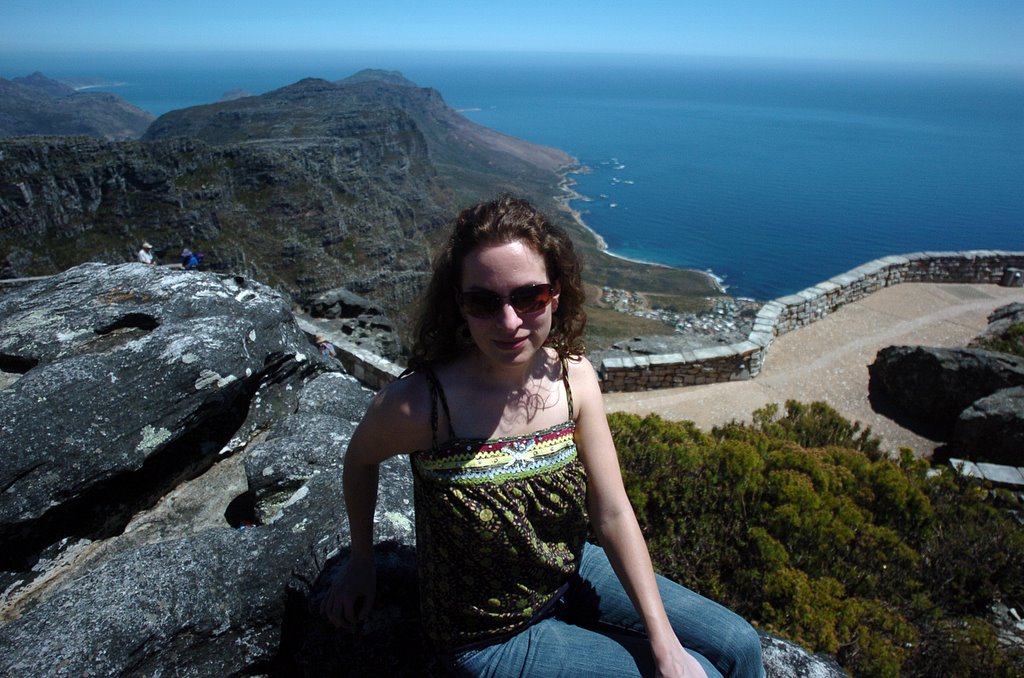Cartagena: Exploring Old Town
"This is the same territory where we live today, we who are the heirs of the Karib warriors, the men of the cross and the sword, and the African drummers. We are the inhabitants of this piece of earth that borders the "Sea of the Seven Colors." We, who have been born here, who have grown up here, who have cried over our dead and have been happy because happiness is the most natural way for us and for our life and is what best identifies us in regard to other people on the face of the earth."
So read a plaque inside the Palacio de la Inquisition, which houses the Historical Museum of Cartagena, where we visited on our first full day in the city. What beautiful and powerful sentiment to exclaim that happiness is your most-defining characteristic as a society, despite many years of hardship. Cartagena, the setting for Gabriel García Márquez's novel "Love in the Time of Cholera," has seen many misfortunes. Here's my recently learned, basic historic lesson (look elsewhere for facts and details!): Originally a meeting place for indigenous people from the North and the South, Cartagena subsequently was the target of pirate attacks and was invaded by the Spanish. The Old City is surrounded by a massive wall that was designed to fend off invasions; it is now a UNESCO world heritage site and can be seen in the movie "Romancing the Stone." As a port city, Cartagena remained of secondary importance until it became a hot spot for the slave trade, at which point, it became the empire's number one port in the Caribbean. Eventually, the citizens fought for and won independence from Spain, and the prosperous and decadent city fell into a period of decline and suffered several plagues, including the one depicted in Marquez's novel. At long last, the city began to claw its way back to health, both literally and figuratively. Due to its popularity among South Americans and Europeans as a tourist destination, it remained largely untouched by the drug trade that ravaged much of Colombia in the 1980s and 90s.
Cartagena is now a lovely place with cobblestone streets and bright pink flowers spilling over the balconies of colorful, colonial buildings. Every few blocks, there are parks where people gather on benches around fountains or sculptures. Lazy pigeons, seemingly exhausted by the heat lay on the pavement like dogs. Women wearing bright, traditional outfits carry bowls of fresh fruit on their heads (think Chiquita banana lady) and sell refreshments. There are also many vendors selling necklaces, bags, carved figurines and the like. It's pretty touristy, but still charming. At night, the air cools and you can smell flowers everywhere. The clip-clop of horses hooves echo off the buildings as carriages take couples on tours throughout the city. Lovers walk hand-in-hand and music wafts through the air from bars and restaurants. It's a very romantic place.
If you ever decide to visit, here are some tips:
-- $1 = 2,000 pesos (give or take, depending on the exchange rate). Before you start using the money, you should sit down and assess what you've got and what it's worth. Darrel accidentally tried to give room service a $50 tip when they brought beers to our room. They looked at him like he was crazy and took of without the money. Ha ha!
-- I don't know if it's just our hotel or if this is common practice, but there is no iron in our room. If you want to get something ironed, you have to send it to the laundry service and it costs about $6 to get one shirt ironed. That's why I'll look wrinkly in all the pictures, LOL!
-- English is not widely spoken here. Spanish is not widely spoken by Ellis-i. It's working out OK though. On our friend Elizabeth's advice, we brought along a little English/Spanish dictionary and it's been very useful. We're trying to be friendly and humble when we butcher the language and, so far, everyone's taken it in good humor and helped us along as best they can.


0 Comments:
Post a Comment
<< Home